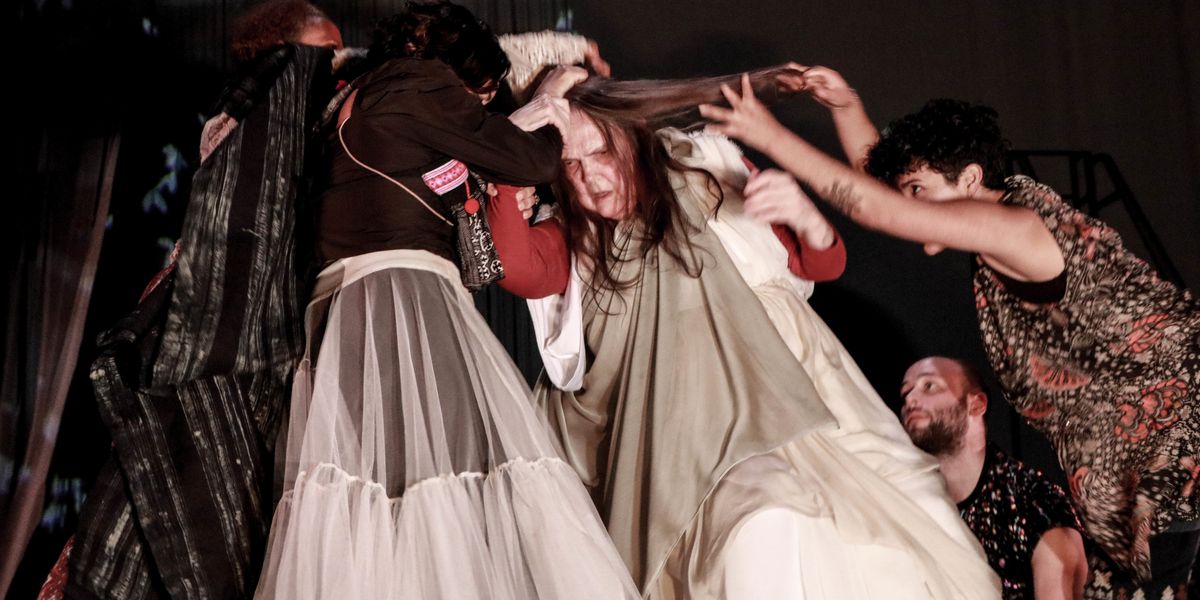Liz Lerman's Latest Work Is Inspired By Witchcraft Imagery
Liz Lerman’s works have a lot of moving parts. There’s material to investigate, research to integrate, collaborations to incorporate and audiences to share with along the way. These days, her process takes considerable time—often two to three years—but that doesn’t faze Lerman. “I don’t mind taking time, but I’m older,” says the 72-year-old choreographer. Her latest effort is Wicked Bodies, a reaction to grotesque and powerful images of women’s bodies spanning centuries, originally inspired by an exhibition of European witchcraft imagery. While the work’s expected premiere has been pushed back to January 2021 at Arizona State University, with COVID-19 necessitating the cancellation of its planned debut at Jacob’s Pillow, the extra time gives Lerman more of a chance to work her, well, magic.
When you first saw the “Witches and Wicked Bodies” exhibit at the Scottish National Gallery of Modern Art, how quickly did you start imagining it as a dance?
It was pretty instantaneous. The exhibit itself was just so charged. The depictions of older women and young women as witches were so graphic and unreliable—on one level, they were ridiculous, but on another level, you could understand how seeing pictures like that might lead you to kill them.
The museum is situated near a meadow and some woods, so I came out of the museum and thought, Wait, I gotta get young girls in the woods. This is one of the things I try to teach my students about creativity: Suspend judgment, and just let yourself imagine without worrying about accountability. I couldn’t actually get girls in the woods, but I could not worry about that and instead just let myself have the time to imagine—what could that idea be?
You use the phrase “flipping the funnel” to describe how you begin determining what stays in a piece and what gets excised or morphs into something else.
I think a lot of people think creativity is just the open version of the funnel, but it’s not. It’s also the flipped funnel. Conversion—the excising, the determination—is a critical aspect of what we do. Sometimes it ends up being what stays interesting, or what compels the performers to want to keep at it, to keep working. Sometimes it’s not creative intelligence at work—it’s random, and you have nothing to do with it: “These three people are going to be at this residency, so we’re going to work on this section and—oh, look, this turned into something!”
What does your research look like, for a work this big?
It’s study, interview, getting help from scholars, talking to actual people who consider themselves connected to witchcraft—and translating that both into the body in rehearsal but also into a structure in your mind. It’s mind- and body-sharpening. And it takes a while to sift, because it’s all interesting. The stuff that doesn’t make it into the piece might be stuff you write about, or it might show up in conversations with other people. That stuff still makes it into the engine of the piece and what drives the research.




